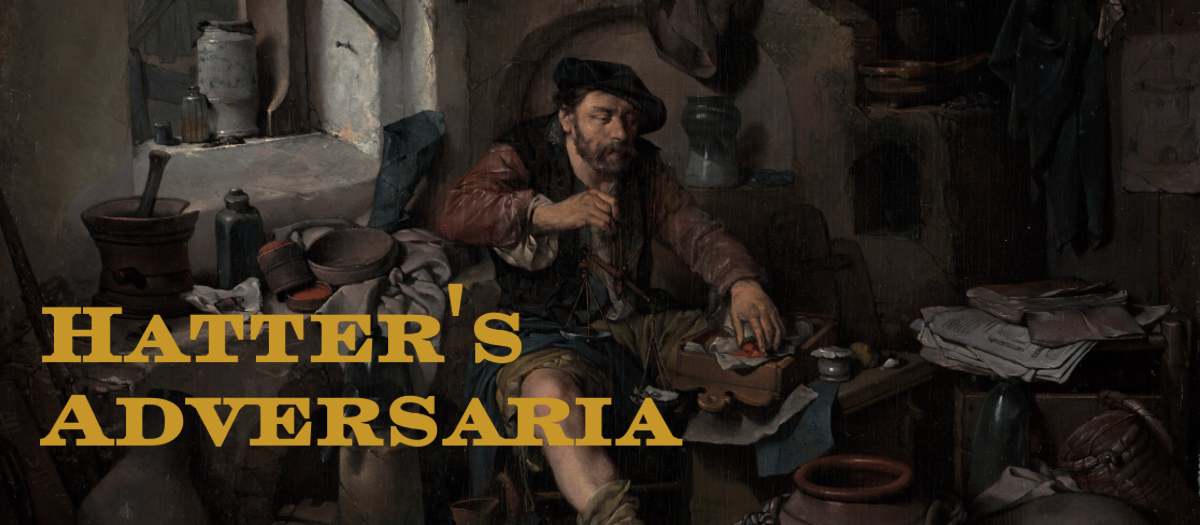– minor editing, Apr. 7, 2016
This is a response – what became an long response – to comments in a Facebook discussion on John Agresto's Wall Street Journal essay "The Suicide of the Liberal Arts" (located here). In its simplest, and greatly simplifying, this response is to the two ideas that (1) Agresto seems off base, and (2) that the problem lies in the business style administration that has taken over higher education.
I won't quote here the comments as I believe the only resulting negative might be a sense of absence as to what was leading in to this response (as though turning on a interview on a news show a few seconds late and missing the first exchanges of the conversation). The ideas below will not suffer for being taken out of that flow.
It is an undeniable that the turn to a profit-oriented system has done great damage to the university system. Though, I do question whether it is the the idea of 'profit' or if it is more the particular methods of profit-making (methods criticized not only in education but across the business world) that are to blame: an institution that is not in some way income-oriented is a not-long-to-live institution. But to blame all the ills of US education upon that alone is facile, perhaps equivalent to blaming a driver for the performance of their car's engine. There is one quite obvious question dodged right from the start by the over-tight focusing upon profit orientation: is the turn to a poor business model itself the effect of a deeper systemic issue? After all, it is difficult to use university business models to explain the miserable quality of K-12 education in the US.
I, from conversations with others, was apparently fairly lucky in my many years of collegiate education in that I escaped, pretty much entirely, ideologically dogmatic professors like that described by Agresto:
| Instead of guiding young men and women by encouraging them to read history, biography, philosophy and literature, [those who would] rather debunk the past, deconstruct the authors and dethrone our finest minds and statesmen. |
Now, normally here, I would briefly digress onto – if not sidestep entirely – how the word "deconstruct" here is being used wholly against the post-structuralist ideas from out of which the word comes. Agresto uses it in the commonly seen, derogative manner, of theory over-riding the practical aspects of reading a text (or being used to justify political readings of texts). In truth, though, the very core of post-structuralist thought is turned to opposite aims: the core point of learning to deconstruct a text lies in that it is learning, at a fundamental level, how to read. Normally, I would go there only as corrective digression. But this time I go there and stay, as the use of the word here is demonstration to the point(s) I want to make.
